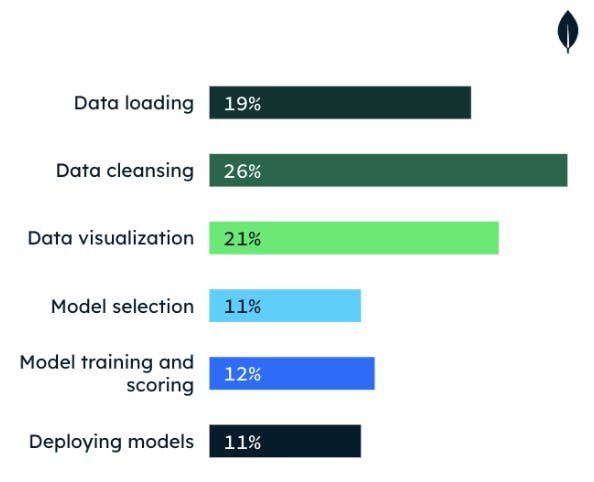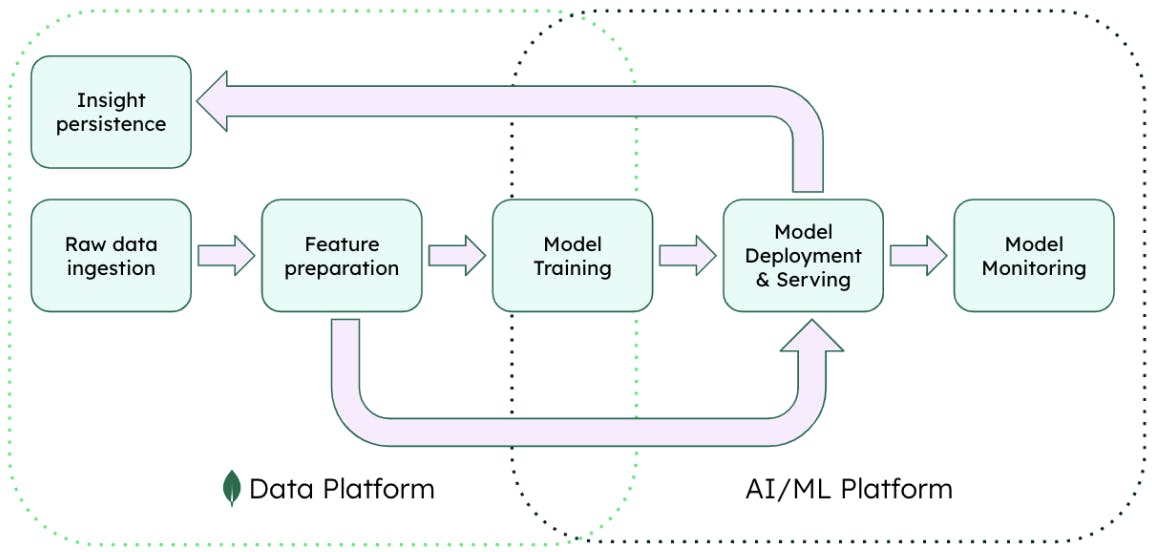How Telcos Drive Mission-Critical Innovation and Cost Savings Through Automation
Modern telecommunications customers don’t only expect flawless network performance, they demand it. For global enterprises that hold the key to human connection, the industry standard is nothing less than a fully integrated, customer-centric approach to service delivery.
How are telecommunications firms tackling these customer expectations today? By embracing AI and machine learning capabilities, developing new decisioning models, and ensuring network security and optimization with a 99.995% uptime SLA.
Why automation is vital in the telco modernization journey
AI adoption is growing at a break-neck speed, and the telecommunications industry has a close eye on the way that automated decision-making can improve operational efficiency and reduce costs.
In the latest TM Forum Digital Transformation Tracker 7 survey, 73% of respondents agreed that operational efficiency and cost reduction were very important drivers of CSPs’ digital transformation journeys, compared with 69% in 2022 and 65% in 2018. By eliminating manual tasks, and reducing errors introduced by manual intervention, automation is improving end-to-end performance and reducing handoffs and touchpoints.
In the case of automated decision-making, it’s possible to leverage large volumes of data that already exist within telco organizations, alongside data science and machine learning techniques, to generate data-driven insights and inferences to better serve customers and develop cost savings.
Three automation use cases in the telecommunications industry
Here are three ways that MongoDB’s customers in the telecommunications industry can innovate with automation:
-
Service assurance processes: Telcos can proactively identify issues impacting customers, or even predict them before they occur, utilizing automated processing of large amounts of diverse data. Network automation techniques can then step in to automatically remediate the situation, and output intent that can be processed by intent-based network automation tooling.
-
Network automation: While service assurance processes can make decisions around what needs to be done, network automation tooling takes responsibility for effecting change. What’s more, the demands of 5G networks will force operators to open up traditional closed systems to third parties via network APIs.
For example, these APIs can allow automated provisioning and configuration of 5G network slices. Customer expectations here will be that these operations are self-serve, and will happen in real time, making automation key. -
Customer issue management: We’ve all come across chatbots used in B2C customer service experiences. As chatbots become more sophisticated, potentially leveraging modern generative AI techniques, many more customer care issues will be automated. This change will not only reduce the cost of call centers, but speed up mean time to resolution for customer care issues.
The future of AI/ML-based automated decision-making in telecommunications
We’ve established the importance of automation for service assurance, network automation, and customer experiences. By utilizing the power of AI and data science, telcos have the opportunity to take these technologies further into the realm of network security and fraud mitigation. However, getting to automation with unstructured data is no simple task.
Studies show that more than 50% of data scientists’ time is spent wrangling data, and more than 80% of all essential data is unstructured.

To build out a new AI/ML-based system, both data processing and ML capabilities must be in place. These two solutions are typically provided by different systems with clear integration points.
Any AI/ML-based solution requires large amounts of historical data to train the model. The storage and feeding of this data is usually the job of a traditional data warehouse system. This gets complicated when decisions need to be made in real time with “live” data, such as in anti-fraud use cases.
To achieve real-time results, it’s required to integrate an operational database into the architecture to stream real-time data and requests into the model and to persist the model output. In this hybrid system example, we have both operational and analytics data requirements co-existing; this interaction adds to the overall architectural complexity of the system. It’s important to note that raw data cannot be used by AI models “as it.” First the data must be cleaned, potentially deduplicated and turned into features. Standardized techniques are required to do this, including binning, normalization, standardization, and one-hot encoding. The aggregation pipeline provides powerful data processing capabilities that assist with this process.
MongoDB Atlas, the developer data platform, is capable of handling each of the above requirements from a single platform. Its analytical nodes and Data Lake allow for massive amounts of historical data storage, and service to the model for training purposes.

Real-time data can also be ingested and served through MongoDB Atlas via change streams, triggers, and integrations. The powerful aggregation framework of MongoDB is capable of transforming raw data into usable features.
Lastly, integration patterns based on Spark, Kafka, and HTTP are supported out of the box, which greatly reduces overall architectural complexity.
Once decision-making models produce the new data output, it can be persisted back into the transactional database automatically actioned by additional automation tooling.
Decision-making models will constantly evolve and will require new facets of data to be used. MongoDB’s document model and dynamic schema naturally supports the ingestion of new types and formats of data without the need for complex schema changes.
>Join MongoDB, Hansen Technology and TM Forum for a live discussion on the future of AI in the telecommunications industry.
